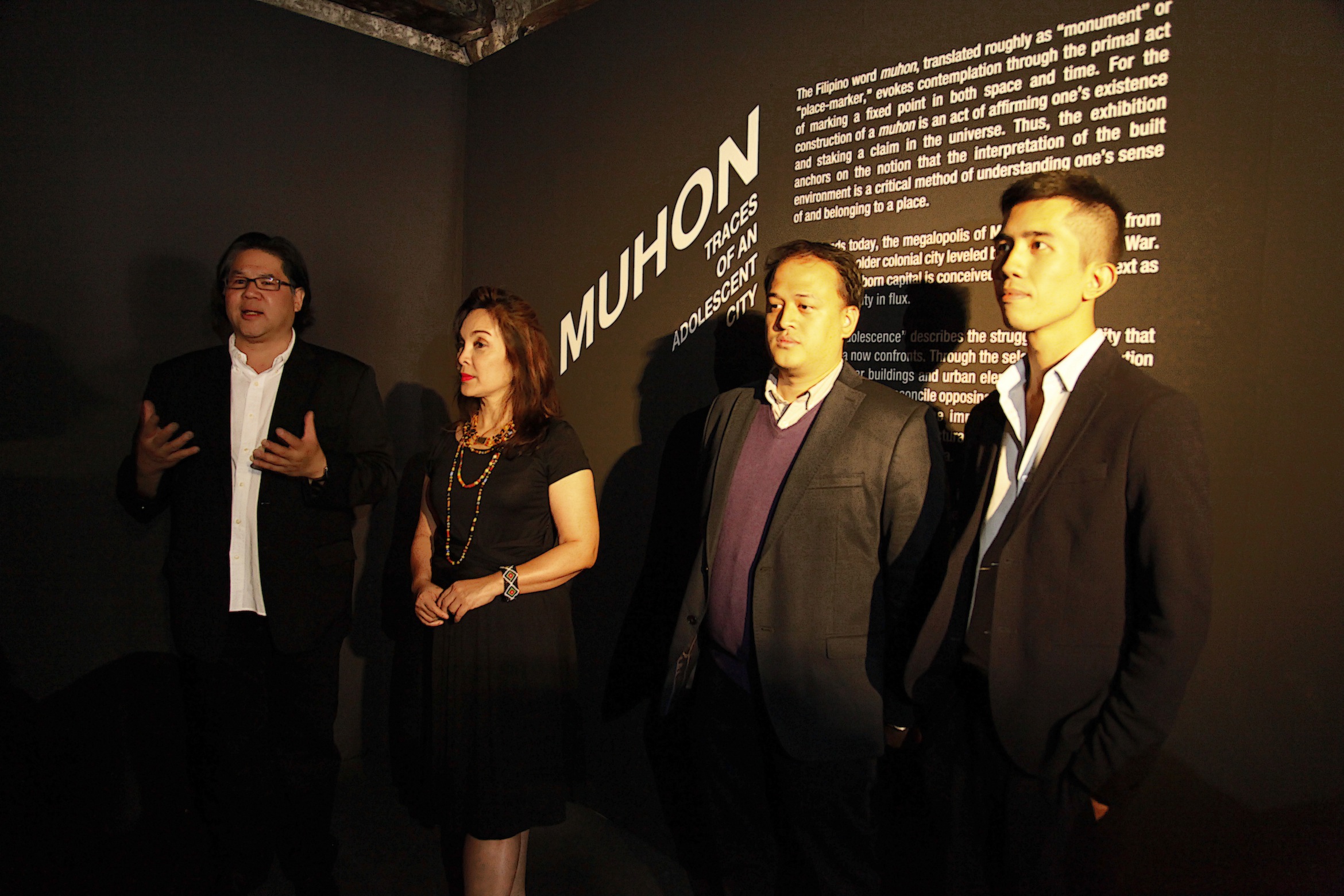Phl Pavilion in Architecture Biennale Opens; Brings Audience to Past, Present and Possible Future
May 29, 2016Venice, Italy—The Philippine Pavilion in the 15th Venice Architecture Biennale has opened its doors to the public following its vernissage last May 27 at the sixteenth century building Palazzo Mora.
It is one of the top 30 must-see events and exhibitions of the 2016 Venice Architecture Biennale as mentioned in the Wallpaper*, a Time Inc. publication on design and architecture, fashion, travel, art and lifestyle.
Senator Loren Legarda, the visionary behind the Philippines’ participation in the Venice Biennale, led the vernissage together with Leandro Y. Locsin, Jr., representing the curators and participating artists and architects; Philippine Ambassador to Italy Honorable Domingo Nolasco, representing the Department of Foreign Affairs (DFA); and Adelina Suemith, representing the National Commission for Culture and the Arts (NCCA).
Guests were brought to three time periods—past, present and possible future—as they went around the exhibit Muhon: Traces of an Adolescent City, curated by the team of Locsin, Sudarshan Khadka, Jr. and Juan Paolo dela Cruz of Leandro V. Locsin Partners (LVLP).
The exhibition is set in three rooms—History, Modernity and Conjecture.
Locsin explained that the exhibit “aims to grapple with the search of identity through the built environment within the context of an aggressively expanding megacity. It proposes to distill and abstract the essence of the city’s cultural markers to interpret their meaning and to discover the presence or relative absence of value.”
Legarda said, “Muhon reminds us that our appreciation of the past and the current actions we take will determine our future.”
She said that visitors of the exhibit should allow themselves to be immersed in the muhons. In the first room, History, one should appreciate each muhon’s history, its grandeur or naivete, its significance and apparent purpose; so that in the second room, Modernity, one can ask if each muhon deserves the current state that it has been put into; and finally, in the third room, Conjecture, one is given the chance to accept, even challenge, what each artist or architect think of how a muhon could end up in the future.
Both Legarda and Locsin hope that the exhibition will bring to the fore issues on heritage conservation and built environment preservation.
“These nine muhons are but a few of the symbols of our built heritage in our midst that we often neglect but are likely part of our everyday living and of who we are. Muhon initiates a dialogue on the progress of our architecture and issues on preservation and conservation of our heritage. Let that dialogue ignite that spark that will transform into individual and coll ective action,” said Legarda.
The nine participants and the subject buildings and urban elements featured in the Philippine Pavilion are Poklong Anading for KM 0; Tad Ermitaño for Pandacan Bridge; Mark Salvatus for Binondo; Eduardo Calma for the Philippine International Convention Center (PICC); Jorge Yulo for Mandarin Hotel; 8×8 Design Studio Co. for the Magsaysay Center; C|S Design Consultancy for Pasig River; Lima Architecture for the Makati Stock Exchange; and Mañosa & Co. forTahanang Pilipino or Coconut Palace.
The Philippine Pavilion is open to the public from May 28 toNovember 27, 2016 at the European Cultural Centre – Palazzo Mora in Venice, Italy.


